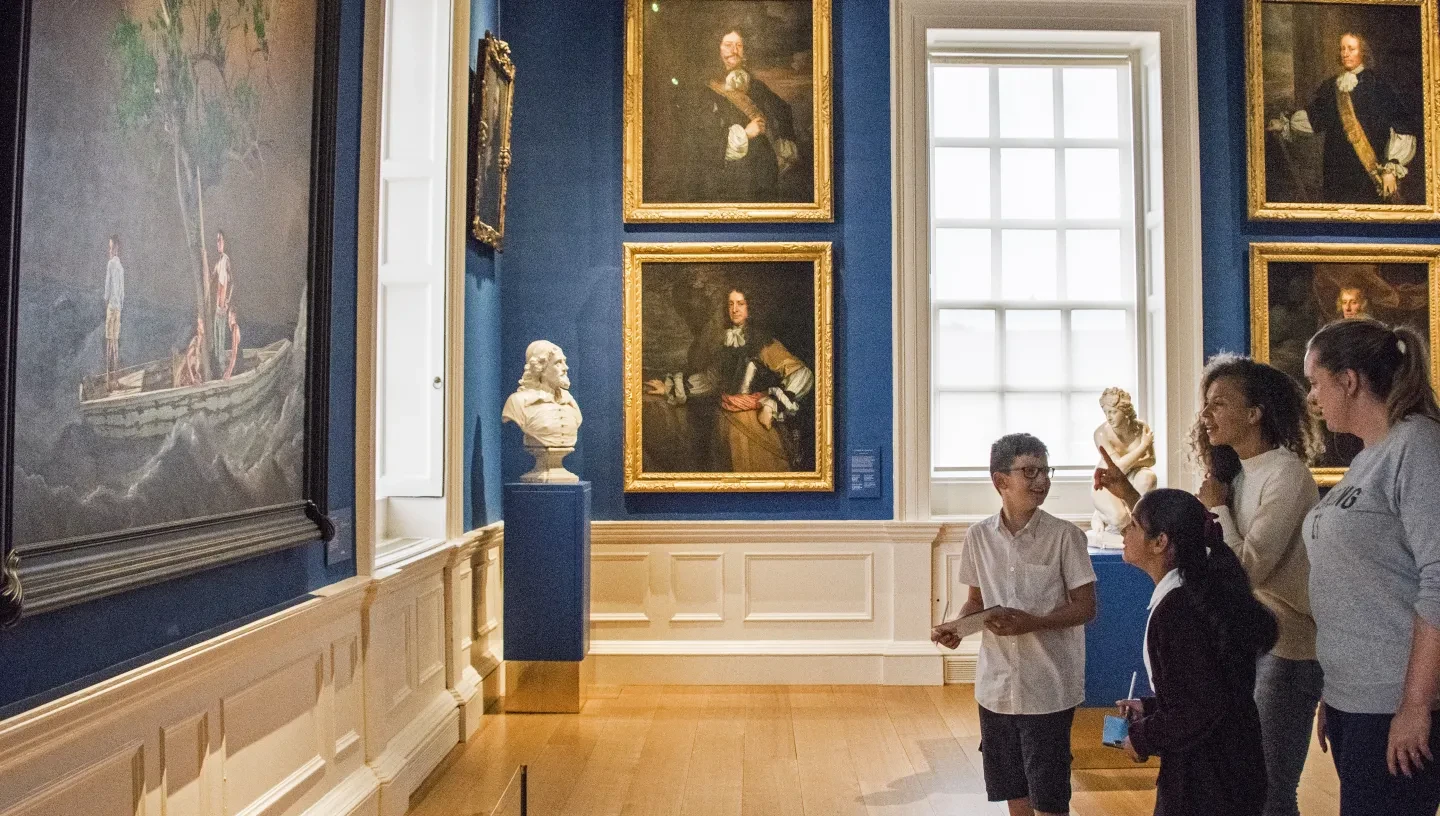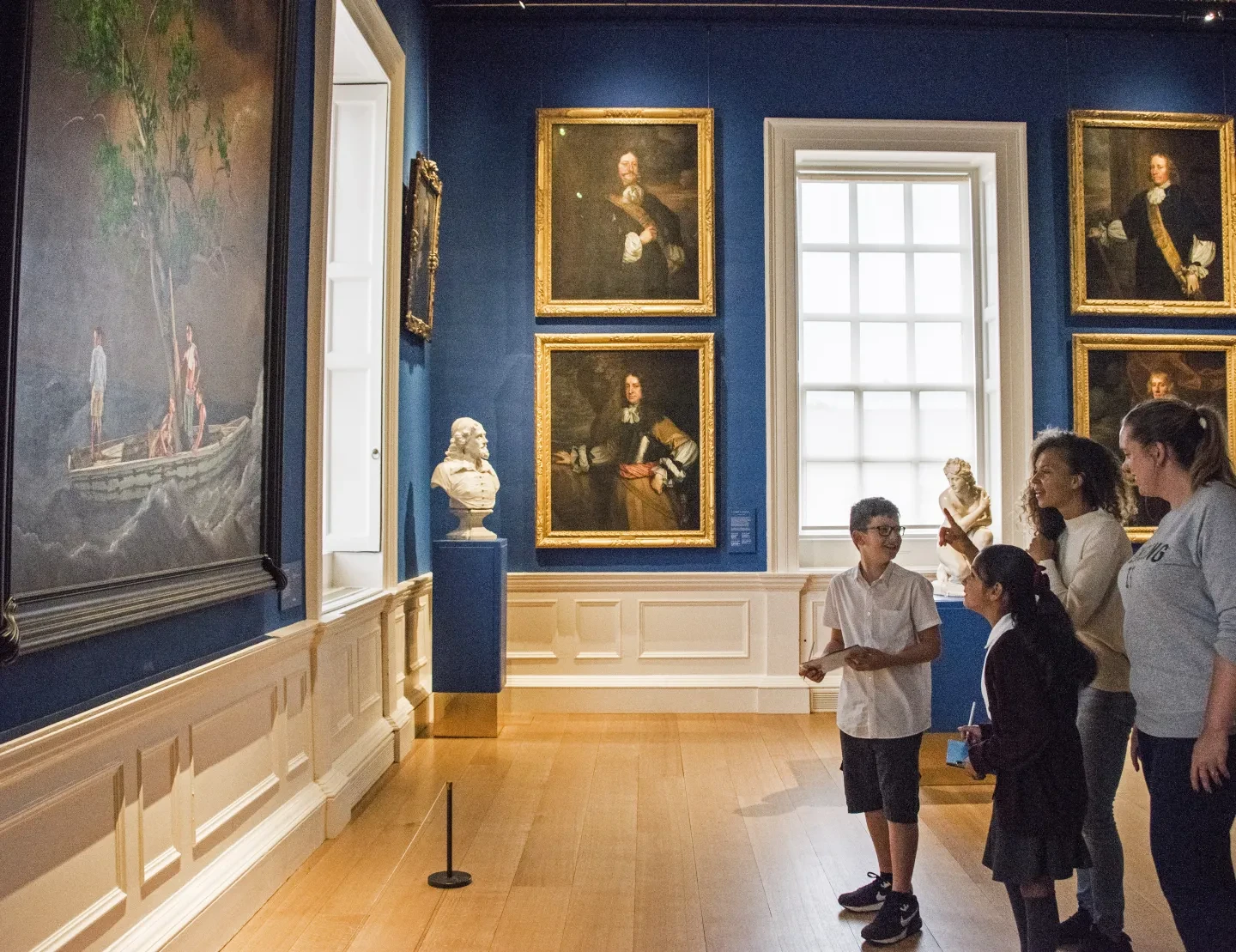
The 'How to' series, curated by the Engagement team at the National Maritime Museum, is a central point for parents and carers to discover resources and top tips for addressing challenging or sensitive conversations with children.
This page pulls together resources and tips for talking to children about race and racism.
Discover more resources around a range of topics here.
Speakers
Serlina Boyd: The creator and publisher of Cocoa Girl magazine. Beginning as a book, and soon becoming a bi-monthly magazine, Cocoa Girl aims to address the lack of representation of black girls and women in the media. With 11,000 copies selling this summer, the magazine provides black role models and wants to show all children that they can do anything.
Tatiana Ellis: a mum of two children living in the London Borough of Greenwich. Tatiana is active within her community and is an established performing arts specialist and fitness professional. She is also the author of the book, Melodies of a Ghetto Princess. Tatiana works with the National Maritime Museum’s Schools programme, supporting the development and delivery of black history sessions.

Top tips
There are a number of tools that parents and carers can use to approach talking to children about race and racism, from museums to magazines.
The National Maritime Museum and the Family Learning Programme work to create space and activities that represent a range of communities and experiences. As a maritime collection, the objects and themes related to the collection are global. The Museum can facilitate conversations that encompass the multiple perspectives and celebrate the contributions of many cultures to British maritime history.
Between the Museum and the lived experiences of both speakers, a set of top tips and useful resources for parents and carers to refer to has been created here.
The first thing to take away, before continuing to explore these resources and tips, is that it is everyone's responsibility to have conversations around race and racism with children, whether that is at home, school, with friends or with family.
The second thing to remember is that children can be powerful anti-racist advocates when supported.
- Ensure that the books children read, the television they watch, etc, have diverse characters and that these characters are represented positively, with their stories not always centred around race.
- Expose children to different cultural opportunities and talk about these with them.
- Seek out diverse role models, including those from history. Find their stories in museums, books, and television and engage children with them.
- Keep communication channels open, ensuring children know that they can talk to you about any encounters they have with racism.
- Communicate honestly with other parents/carers, teachers, youth group leaders, etc.
- Give yourself and your child permission to leave a toxic conversation or environment. Self-care is most important.
Resources
You may be interested in exploring these resources:
The Red Cross -Talking with children and young people about race and racism
Embrace Race - Ten tips for teaching and talking to kids about race
National Museum of African American History and Culture - Talking About Race
Books: Kids' books about race that celebrate diversity and inclusion